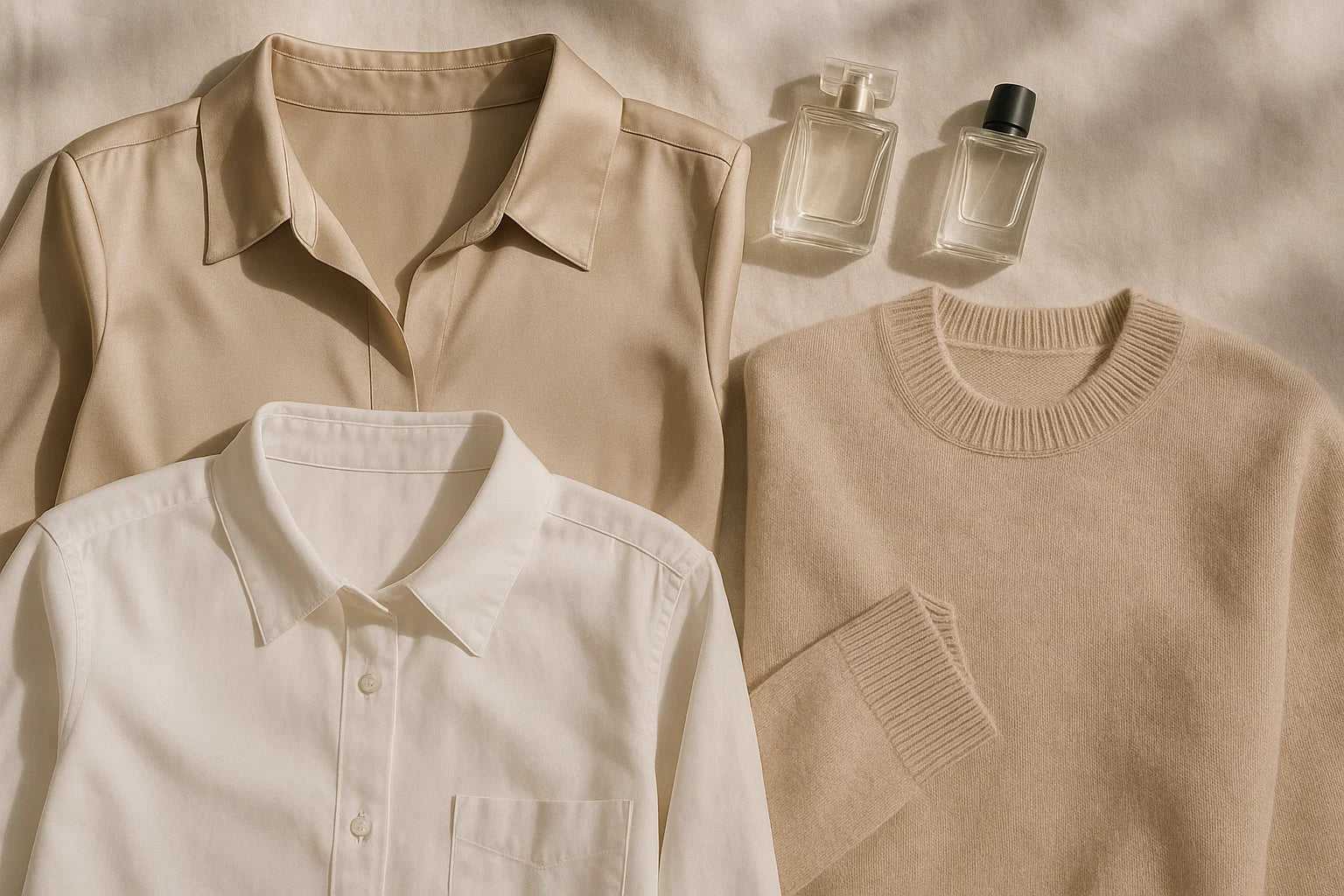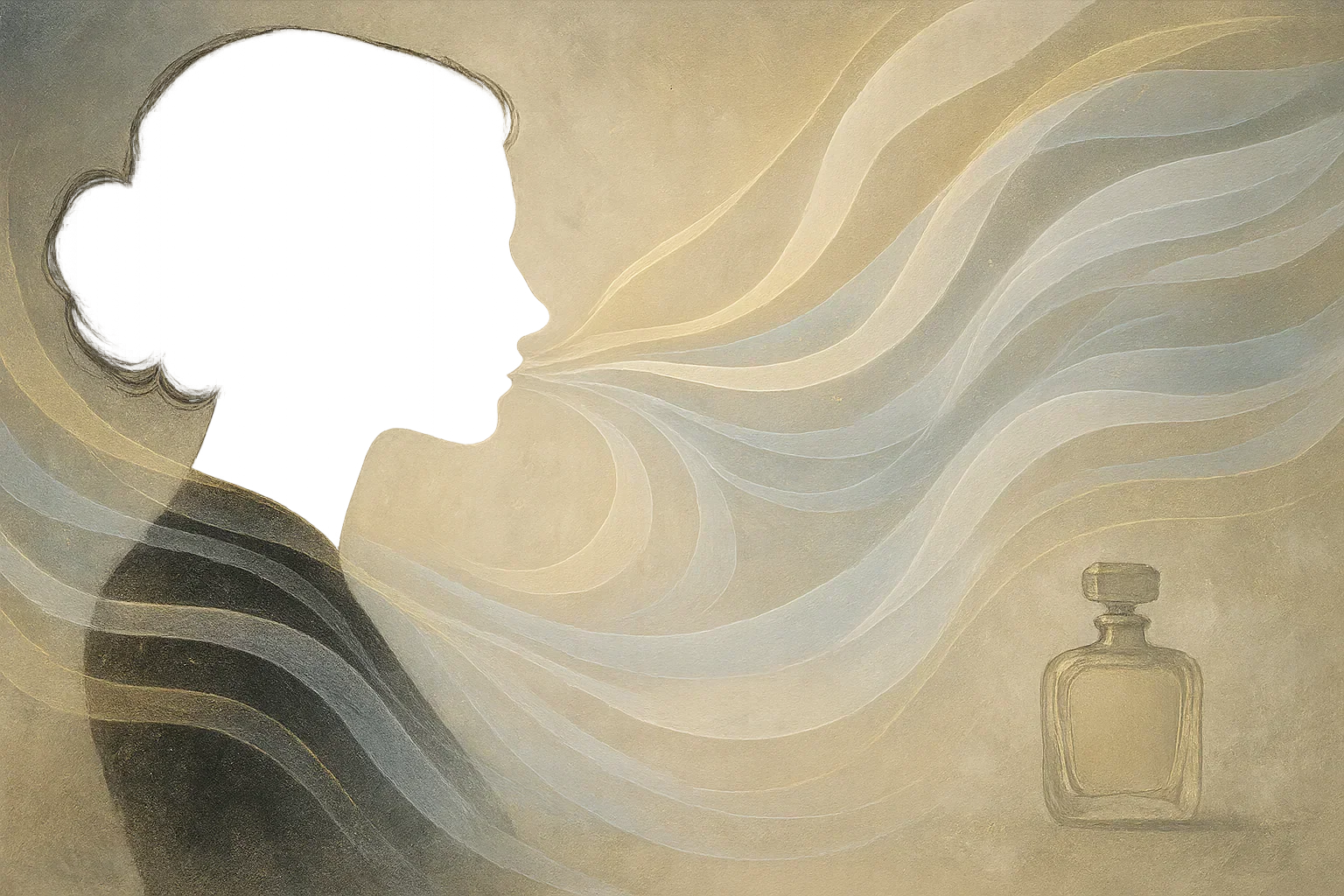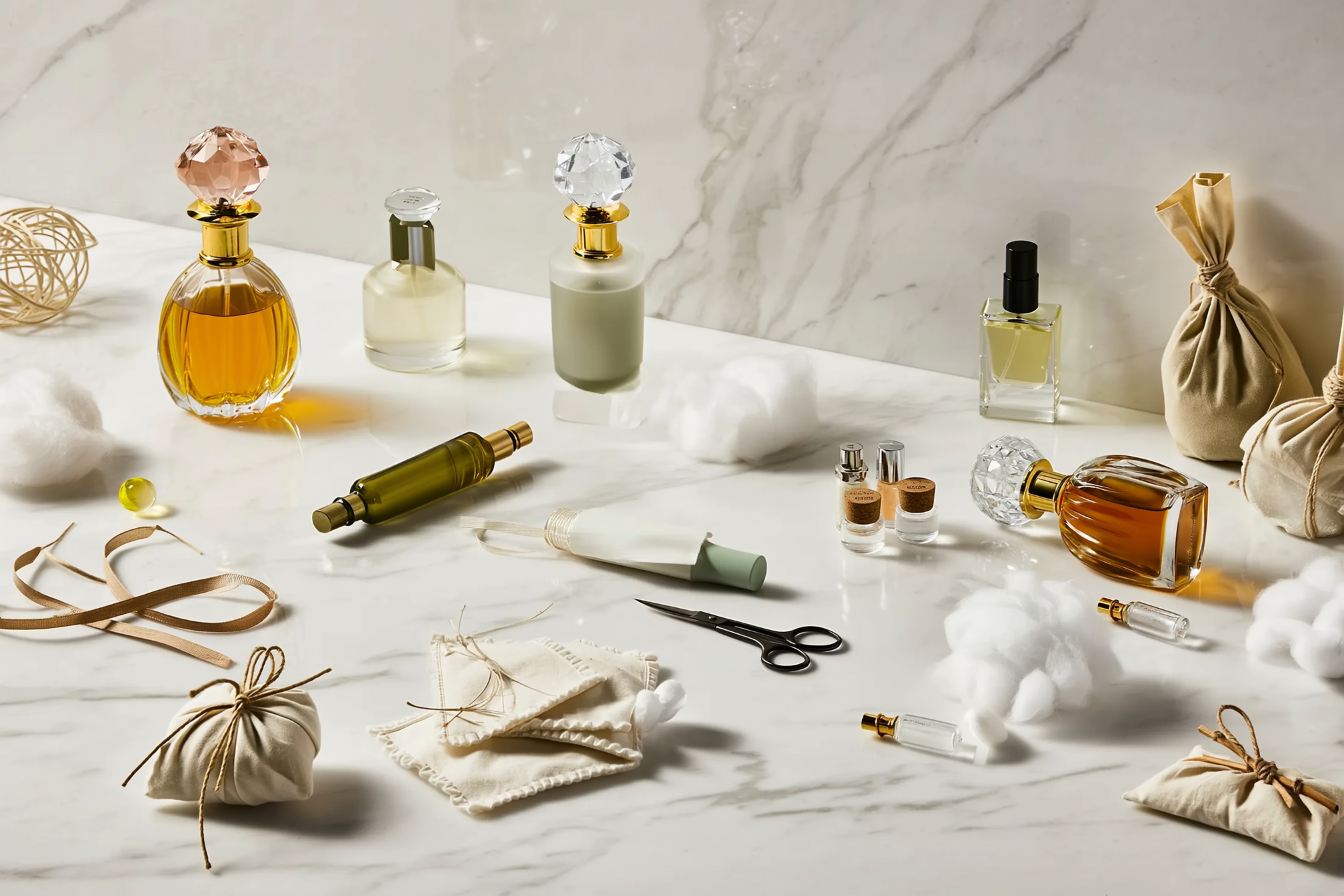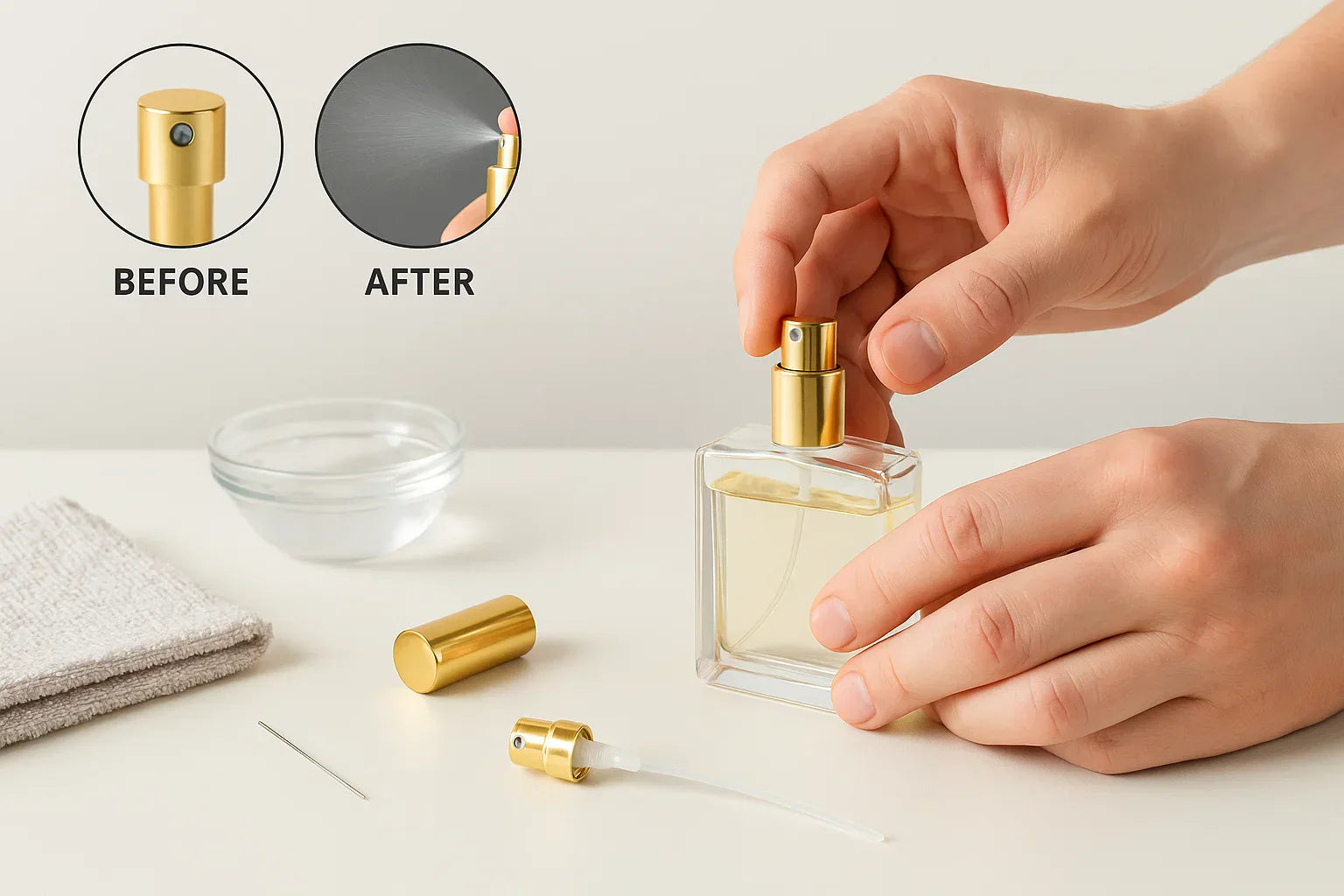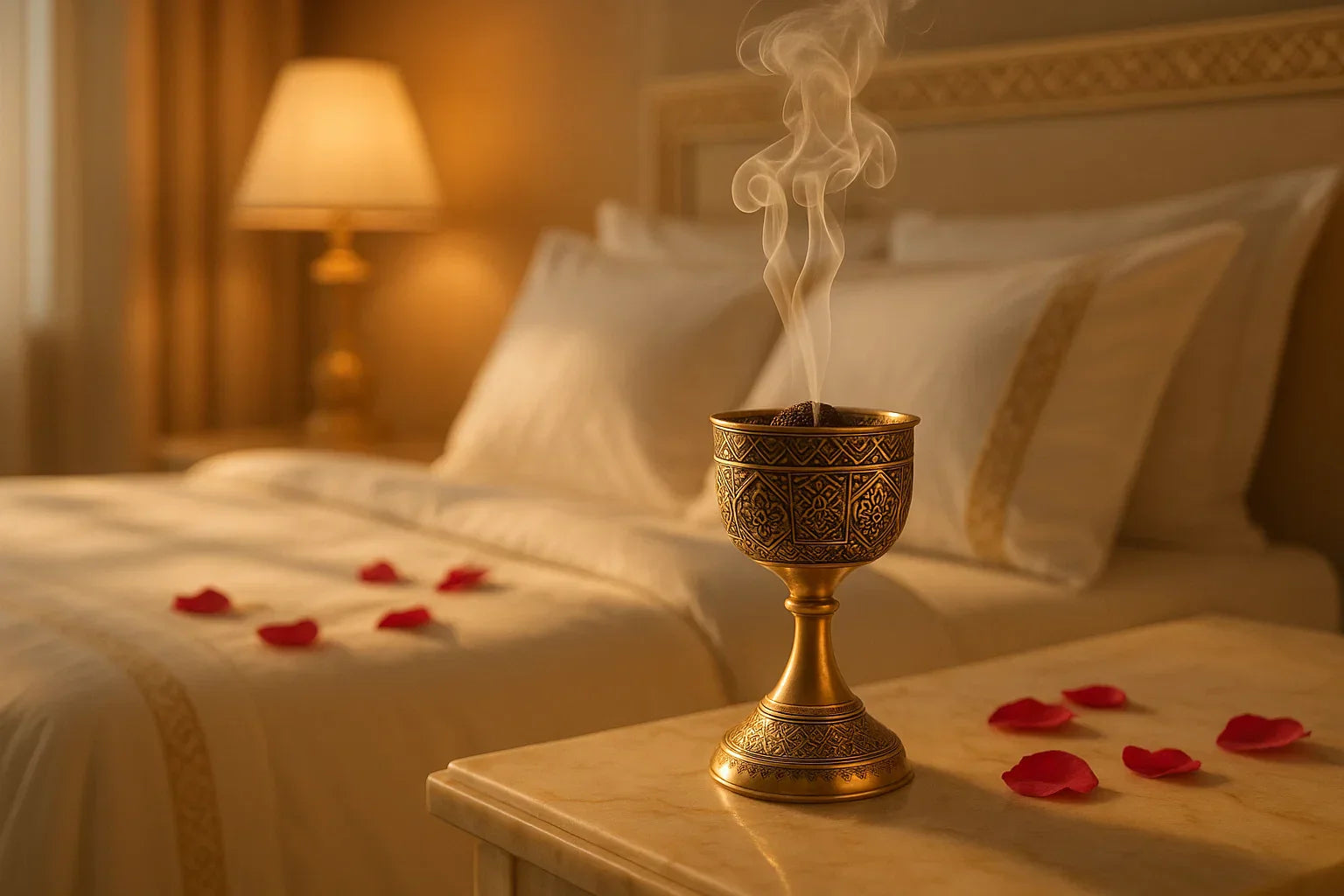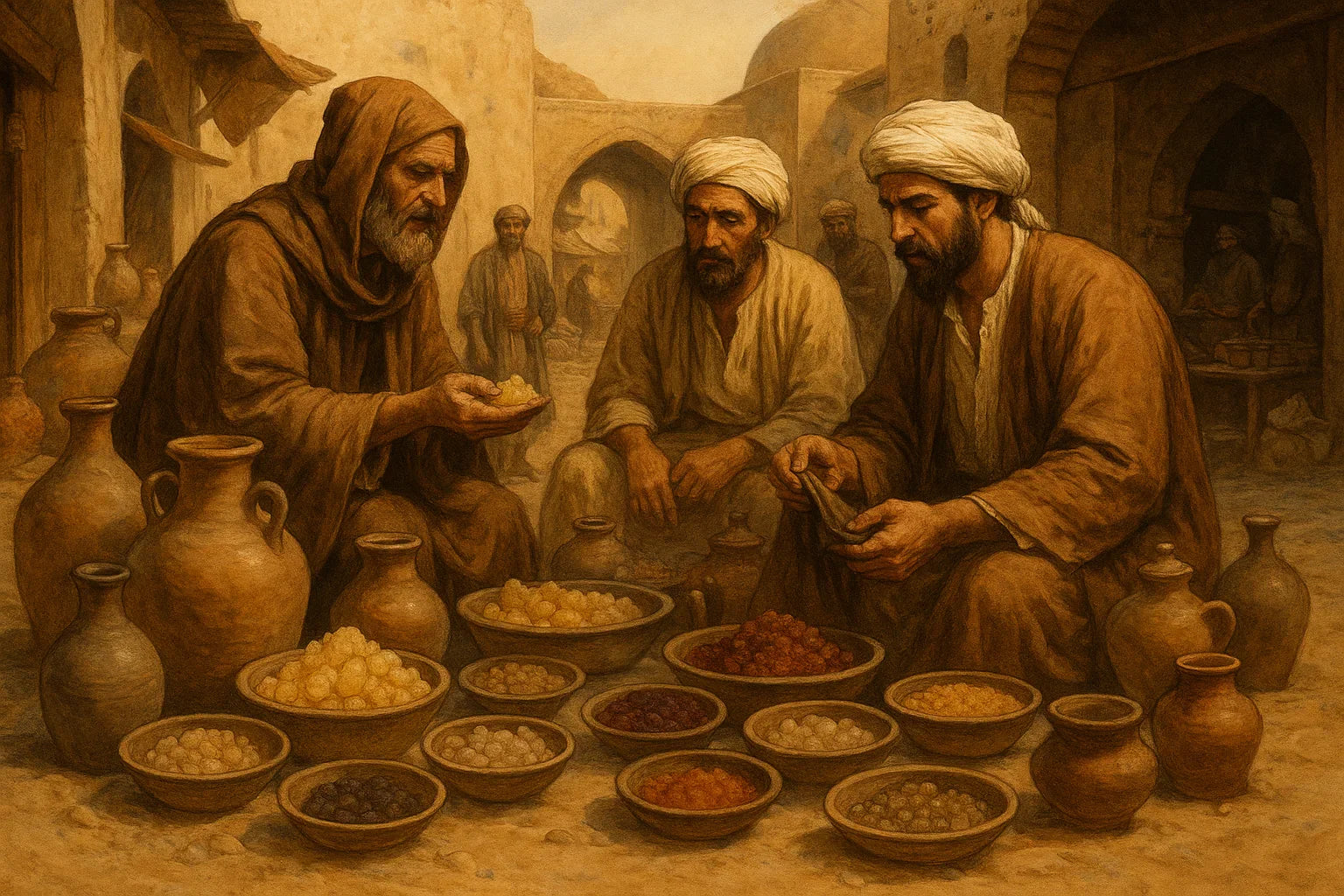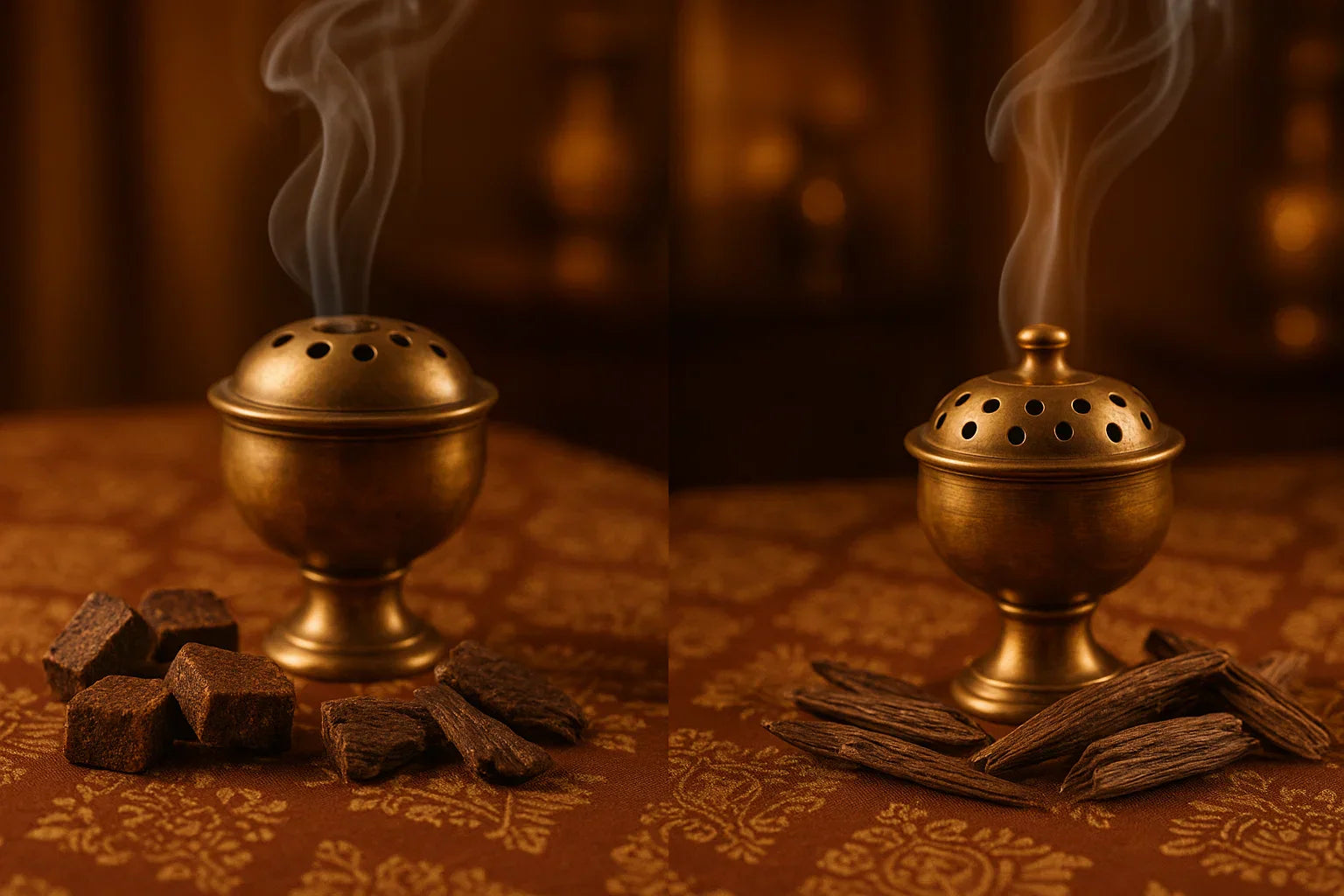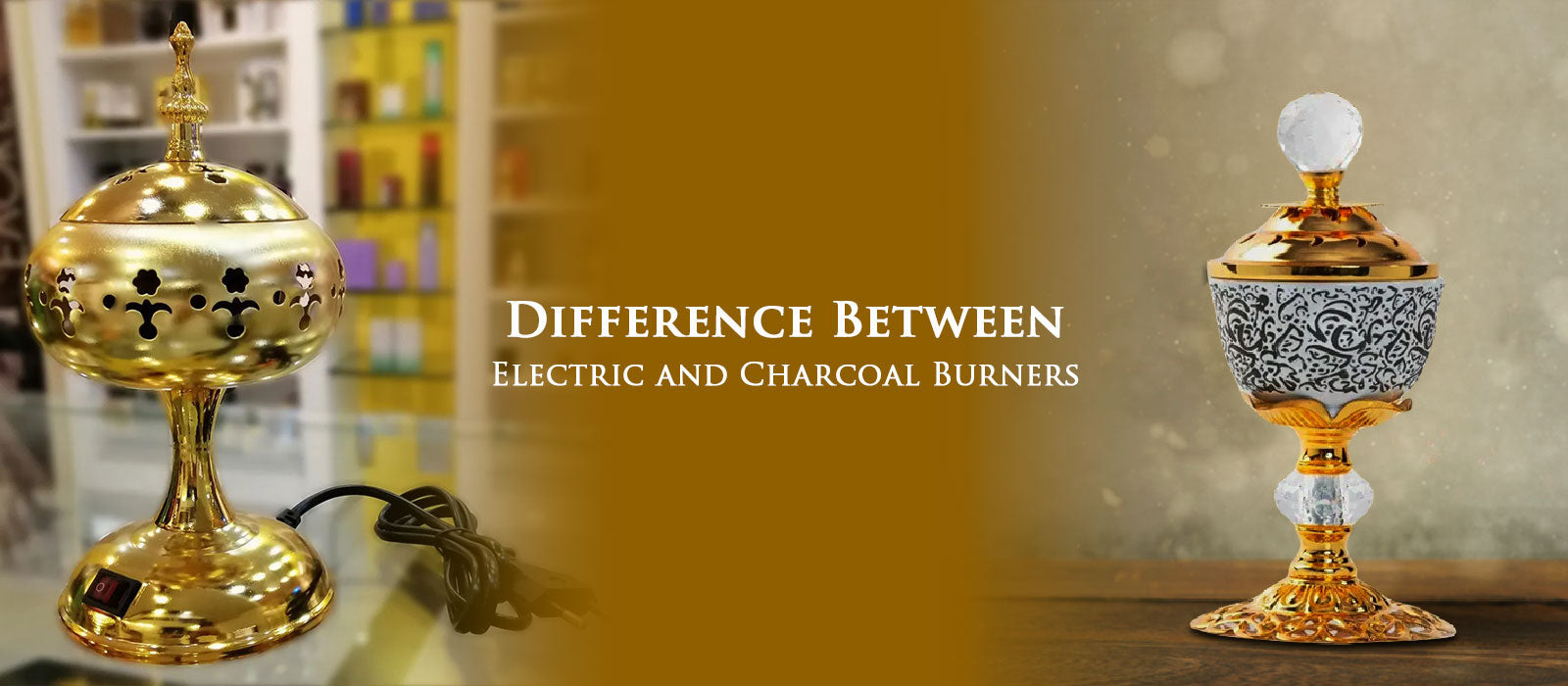
Difference Between Electric and Charcoal Bakhoor Burners
Introduction
Bakhoor, a fragrant blend of wood chips soaked in aromatic oils, has been used for centuries in homes and religious ceremonies. To release its captivating scent, bakhoor is burned using special burners. But should you use an electric or charcoal burner? This article explores the differences between the two types to help you make the best choice.
What Is a Bakhoor Burner?
A bakhoor burner is a device used to heat and release the aromatic smoke of bakhoor. Traditionally, charcoal burners were used, but modern innovations have introduced electric burners as an alternative.
Electric Bakhoor Burners
Electric bakhoor burners are modern devices that use a heating element instead of charcoal. These burners often have temperature control features, making them a convenient and safe option for home use.
Features of Electric Bakhoor Burners:
-
Plug-and-use functionality
-
Adjustable temperature settings
-
No need for charcoal
-
Safe for indoor use
-
Minimal smoke production
How Electric Bakhoor Burners Work:
-
Plug in the device and switch it on.
-
Place a small amount of bakhoor on the heating plate.
-
Adjust the temperature settings as needed.
-
The heat slowly releases the fragrance without direct combustion.
Charcoal Bakhoor Burners
Charcoal bakhoor burners follow the traditional method of burning bakhoor using natural charcoal. This method is often preferred for its authenticity and ability to produce rich, smoky aromas.
Features of Charcoal Bakhoor Burners:
-
Requires burning charcoal to heat bakhoor
-
Produces a stronger and more natural fragrance
-
Used in traditional ceremonies and gatherings
-
Generates more smoke compared to electric burners
How Charcoal Bakhoor Burners Work:
-
Light a charcoal disc until it turns red-hot.
-
Place the burning charcoal in the burner.
-
Add a small amount of bakhoor on top of the charcoal.
-
Enjoy the intense aroma as the bakhoor burns completely.
Key Differences Between Electric and Charcoal Burners
| Feature | Electric Bakhoor Burner | Charcoal Bakhoor Burner |
|---|---|---|
| Heat Source | Electric coil or ceramic plate | Natural charcoal |
| Smoke Production | Minimal | High |
| Ease of Use | Plug and play | Requires manual ignition |
| Aroma Strength | Mild and controlled | Strong and traditional |
| Safety | Safer, no open flame | Requires careful handling |
| Maintenance | Easy to clean | Ash residue to clean up |
Pros and Cons of Each Type
Electric Bakhoor Burner
Pros:
-
Convenient and easy to use
-
No open flame, making it safer
-
Less messy, with no ash or charcoal residue
-
Ideal for controlled and mild fragrance diffusion
Cons:
-
Lacks the authentic smoky aroma of charcoal
-
Fragrance diffusion may be weaker
-
Dependent on electricity
Charcoal Bakhoor Burner
Pros:
-
Produces a rich, deep, and authentic scent
-
Preferred for traditional ceremonies and religious settings
-
Works anywhere without electricity
Cons:
-
Requires more effort to prepare and clean
-
Open flame poses fire hazards
-
Generates more smoke, which may not be suitable for indoor use
Which One Should You Choose?
Choosing between an electric and a charcoal bakhoor burner depends on your personal preferences and needs:
-
For Convenience: If you prefer a hassle-free and controlled burning experience, an electric bakhoor burner is the best choice.
-
For Traditional Use: If you want the rich, smoky aroma that’s traditionally associated with bakhoor, a charcoal burner is the way to go.
-
For Safety: If you have children or pets, an electric burner may be the safer option as it eliminates the need for an open flame.
-
For Strong Fragrance: If you prefer an intense and long-lasting aroma, a charcoal burner will provide a richer scent experience.
Conclusion
Both electric and charcoal bakhoor burners have their advantages. While electric burners offer convenience and safety, charcoal burners deliver a more authentic, aromatic experience. The right choice depends on your lifestyle, preferences, and how you plan to enjoy your bakhoor. Whichever you choose, both methods allow you to experience the enchanting scent of bakhoor in your space.
